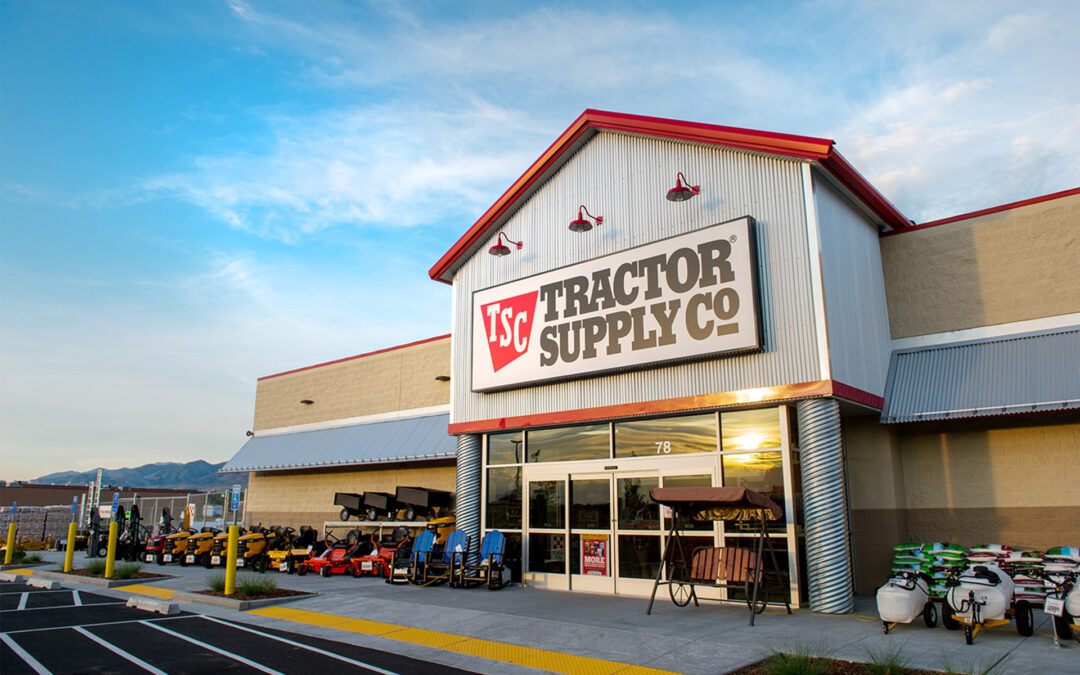The economy in the United States has continued growing despite labor disputes across the country, uncertainty about funding government operations created by Congress and the ongoing challenges of inflation and high interest rates, National Retail Federation Chief Economist Jack Kleinhenz stated in NRF’s Monthly Economic Review.
Kleinhenz noted that the final 2.1% increase in gross domestic product reported by the Bureau of Economic Analysis for the second quarter came even after revisions that reflected less consumer spending on both goods and services than originally estimated. Consumer spending grew, but only 1.8% year over year adjusted for inflation rather than the original estimate of 2.3% as spending on services such as household utilities and vehicle maintenance was revised downward along with spending on goods like home furnishings, appliances and clothing.
High inflation and interest rates are casting a shadow over popular financial sentiment and consumer confidence in September declined for the second month consecutively, according to the NRF report. However, the low consumer confidence readings did not translate into weaker spending, which rose 5.8% year over year in August, tracking a 7.3% increase in disposable income, Kleinhenz pointed out. The increase occurred despite the Personal Consumption Expenditures Price Index, the Fed’s preferred measure of inflation, gaining 0.4% in August from July and 3.5% year over year.
Incoming data suggests that the just-ended third quarter remained largely on par with the second and that 2023 could still see a soft landing rather than a recession, Kleinhenz maintained, as the U.S. Federal Reserve tries to restrain job growth without causing an increase in the unemployment rate. Nonfarm payrolls added 187,000 jobs in August, up from 157,000 in July but below the average monthly gain of 271,000 over the past year. The unemployment rate grew by 0.3 percentage points to 3.8% in August as more people looked for jobs.
After falling for three consecutive months through July, job openings rose to 9.6 million in August from 8.9 million in the month earlier but were far below the 10.2 million a year before. The hiring rate ticked up slightly from 5.82 million in July to 5.86 million but again was lower than the 6.5 million figure a year prior. Separation numbers, including layoffs, were unchanged in August and have come down after a small surge earlier in the year. Unemployment insurance claims remain at historical lows, Kleinhenz indicated, and signal no pickup in layoffs, which would be a signal of a pending recession.
“While the data has shown continued economic growth, weaker growth as mirrored in the GDP revisions suggests that higher interest rates and tighter lending standards are working more thoroughly than previously recognized,” Kleinhenz said. “Since higher interest rates typically slow down the economy, the Federal Reserve is most likely pleased to see that higher rates are having an impact on employment, economic output and corporate results.”





